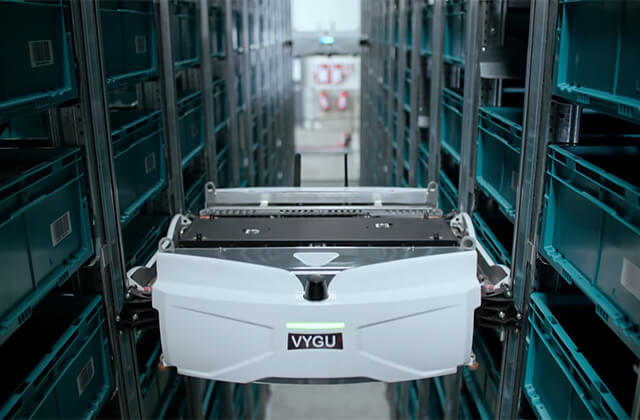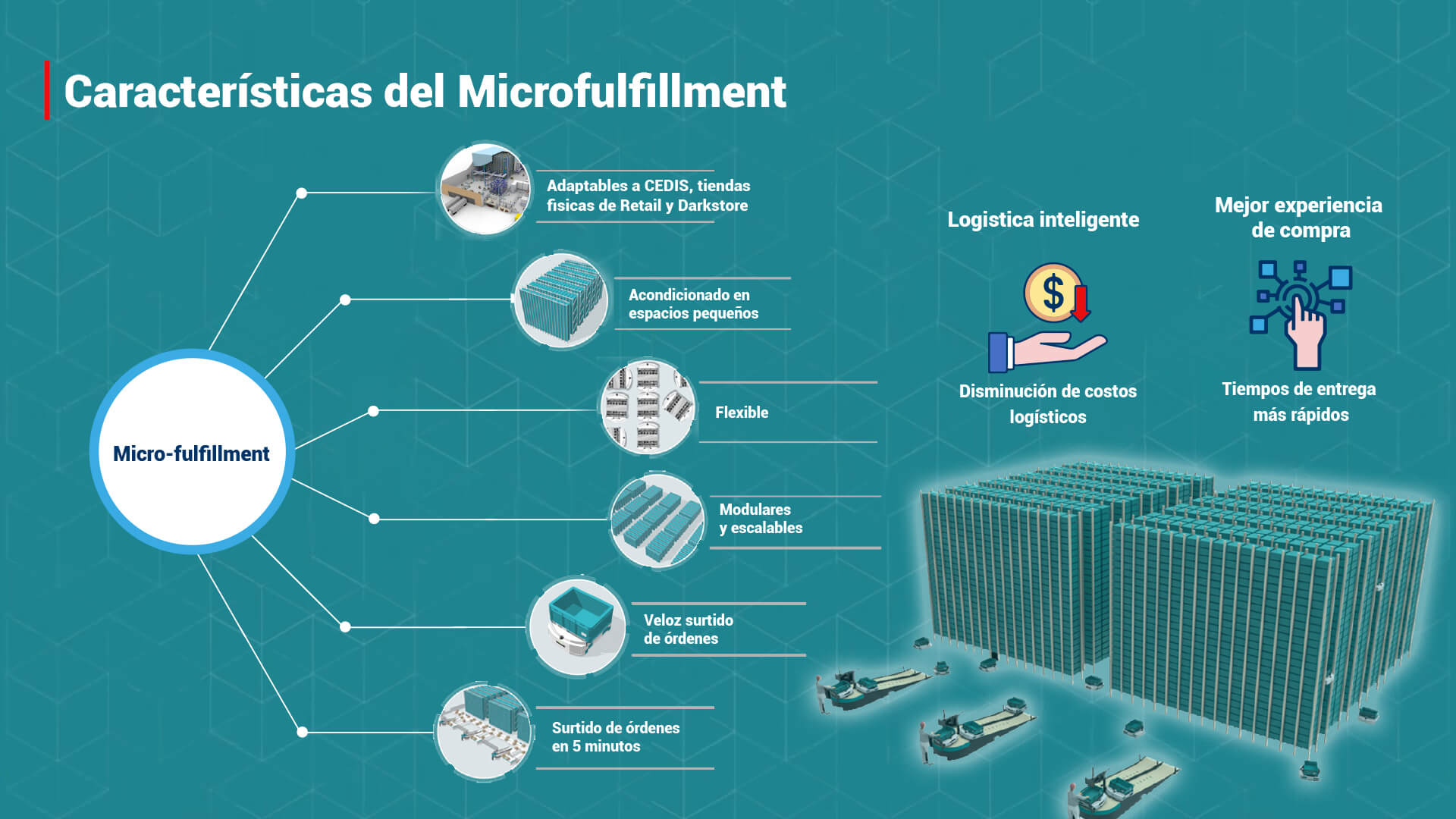We have gone through months of uncertainty at the macroeconomic level, which have shown us a new gap in consumption patterns that must be understood and satisfied in record time. In addition to logistically we have been dragging the pressure of the brand promises, which every day are aimed at being ultra-immediate and at low costs.

Evolution for the new consumption behavior.
It is estimated that by 2030 there will be more than 8 billion people worldwide and around 60% -70% of them will live in large urban cities, so today I see more than necessary to speak promptly of the strategies that allow us to reach Being a Smart City, the solution that will provide us with an optimal ecosystem to converge and interact. Likewise, it is vitally important to put new logistics models on the table that are already giving results and that will have to be complemented and / or evolved to satisfy the basic needs of the new integration: Micro-fulfillment (CMF).
Micro-fulfillment is a trend in logistics planning that establishes strategic logistics points that complement the Omnichannel and that allow the preparation of orders in almost immediate times. Even, depending on the degree of automated integrations, we can obtain the assortment of orders in a maximum of five minutes. In addition to that it is aimed at reducing one of the most latent problems in the world, the carbon footprint.
Why is micro-fulfilment revolutionizing the new brand promise?
The need to fill orders in a very flexible, fast and efficient way is increasing, especially pressured by changes in consumer habits driven by E-Commerce, which in combination with other factors, has given rise to CMFs (Micro-Fulfillment Center), which have as main characteristics:
This Micro-Fulfillment trend is not particularly new in European or North American companies; Amazon, the e-commerce giant, for example, already uses micro-fulfilment centers due to the practicality and savings they represent; Another sector that CMFs have received with special interest is supermarkets, because leaning on this new technological reality allows them to fulfill order processing in a very dynamic way, in addition to creating brand loyalty in consumers who, by the way, increasingly see less attractive to make purchases in the flat of everyday consumer products, preferring to physically go to the store only to buy products or services that generate an experience.

Undoubtedly, the implementation of CMF's and their installation in urban areas with high population density and demand, significantly reduces the distance to the customer, and therefore, the cost of last-mile shipping, which according to Business Insider, can go up to at 53% of the total price of the cost of shipping, which puts into perspective the importance of limiting it.
If you wonder why this last delivery process is so expensive, simply because various factors intervene, most of the time unrelated to brands, for example: accidents, high levels of traffic, mechanical transport failures, poor accessibility of parking for the delivery man, etc. To counter this problem, some brands have developed new types of delivery to reduce the last-mile gap, so concepts like Crowdshipping; Click & Collect or Pickup; Trunk Delivery; Smart Lockers; Robots, among others, are being of great help to mitigate these problems inherent to coexist in our current city environments.
As you can see, only planning and discipline will lead us to become a Smart City, which opens opportunities for coexistence, interaction and fair and balanced prosperity for all generations and industries. Competitiveness from now on will not only be measured in monetary terms, more than ever we require urban listening and adaptation, where users, their needs, technology and the ecosystem are synchronized in harmony and in real time.
The new pattern of consumption is here, it evolves by leaps and bounds and requires us to join forces to satisfy needs, but above all for our own subsistence.
¡Let's stay alert, responsive and flexible!
Published in: CONALOG